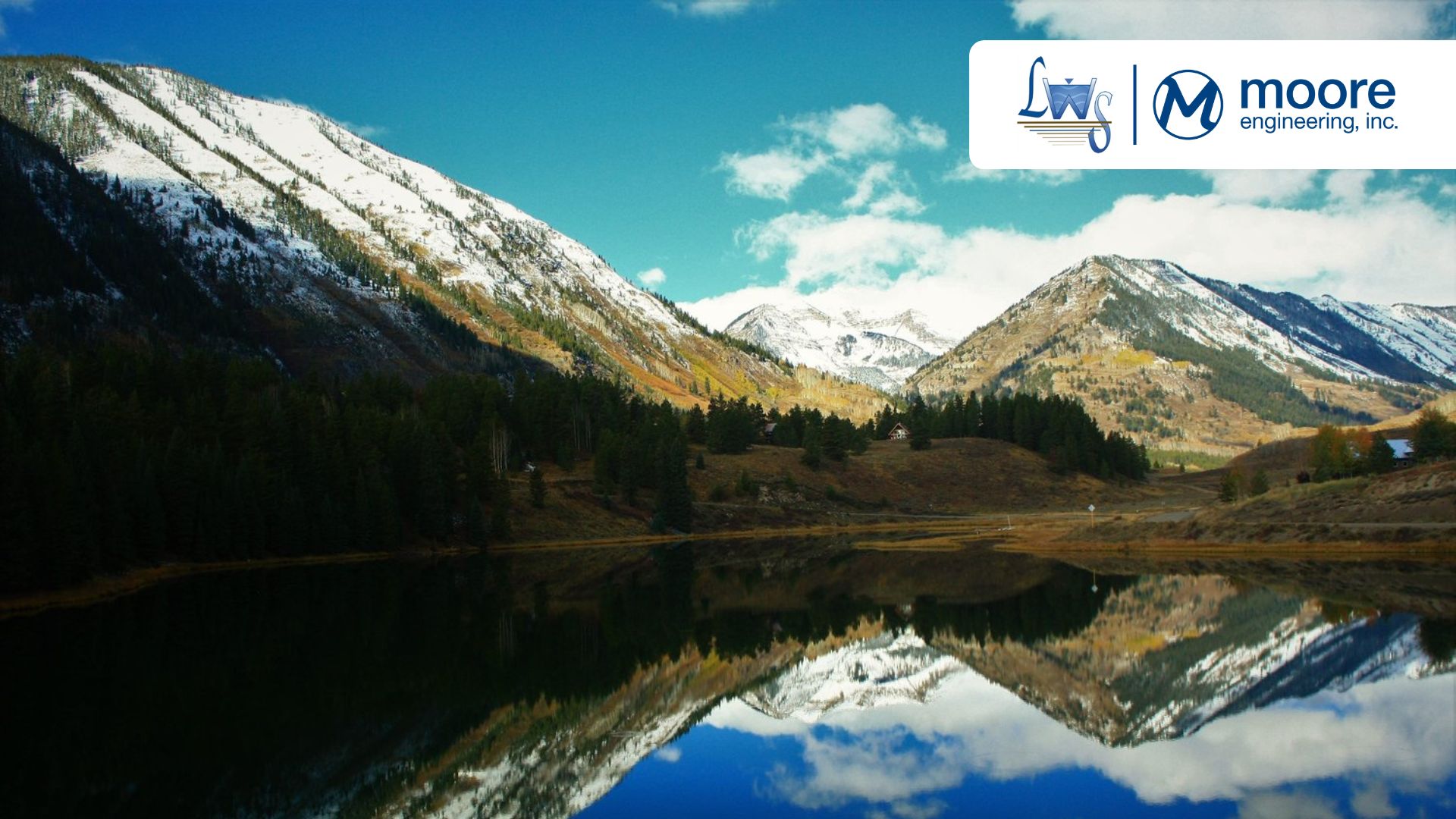
Rueter-Hess Reservoir History: Part 4 – NEPA Permitting Can Result in Ancillary Benefits
Following up on Part 3 of the LWS series on the history of Rueter-Hess Reservoir: The NEPA action (to approve the Section 404 permit) was being delayed because of the biological opinion that had to be provided in the permitting process by the US Fish and Wildlife Service (USFWS). As part of the permitting process, the USFWS has to determine whether or not the proposed action is likely to jeopardize the continued existence of a listed species or result in the destruction or adverse modification of critical habitat. Given the four endangered species in Nebraska, the Rueter-Hess Reservoir project would cause additional depletions to the South Platte River.
Because no agreement had been made under the Tri-State Agreement (Wyoming, Colorado, and Nebraska as the states in the Platte River Basin), the Parker Water and Sanitation District (PWSD) had two choices related to the required endangered species mitigation in Nebraska:
- Wait for a Platte River Recovery Implementation Plan (PRRIP) to be developed and approved under the Tri-States Agreement; or
- Provide the necessary mitigation through acquired water rights in Colorado for delivery to Nebraska.PWSD chose the latter course.

So what did PWSD do to obtain the necessary mitigation water to offset the Rueter-Hess Reservoir depletions for the endangered species in Nebraska?
PWSD decided to purchase 13 irrigated farms in Logan County, about 60 miles from the Colorado/Nebraska border (Figure 1). The farms had the potential to serve two very different purposes, based on when/if the PRRIP got approved by the three states. If the PRRIP implementation was delayed, the senior direct flow water rights associated with the farms could be changed in use so some, or all, of those rights could be left in the South Platte River to meet PWSD’s obligation under the NEPA action. In that case, these rights could be committed to the project. If the three states ratified the PRRIP before the final USFWS biological opinion, then PWSD would participate in the Colorado portion of the program to deliver water to the central Platte River valley in Nebraska and its senior water rights would not be needed for mitigation.
So what happened? Both!
The PRRIP did not get developed or ratified by the three states until well after the Section 404 permit was obtained by PWSD in February 2004. Therefore, PWSD relied on its senior water rights on the Logan County farms to obtain a favorable biological opinion by USFWS. However, before Rueter-Hess Reservoir was built and operational, and so there would be depletions to the South Platte River, the three states developed and began implementation of the PRRIP. Colorado’s obligation under the agreement was the Tamarack Project and PWSD has been a participant in this project through the South Platte Water Related Activities Program (SPWRAP). Participation in SPWRAP has freed the PWSD senior direct water rights from any obligation under the Endangered Species Act. Since the time of the purchase of the farms, PWSD has engaged tenant farmers to continue to farm the historically-irrigated land. PWSD has no plans to move this water off the land, i.e., no buy and dry.
That very important decision made by PWSD to expedite the issuance of the permit was not only crucial to obtaining the Section 404 permit, but is now helping to guide an even larger renewable and sustainable water supply project to support a PWSD service area that has more than doubled since the time of the 2004 Section 404 permit.
Coming up next: If obtaining one Section 404 permit is good, then trying to obtain two permits at the same structure must be great!